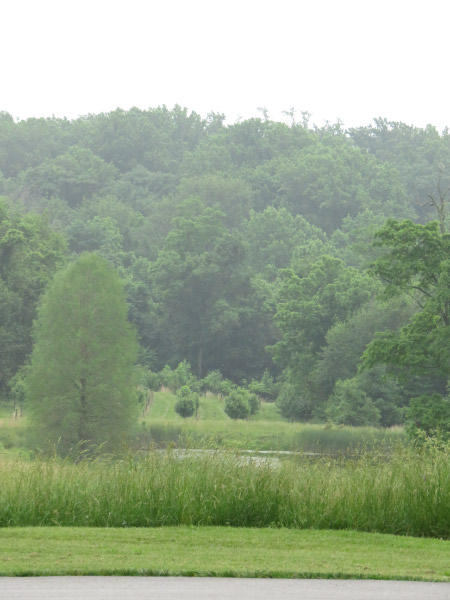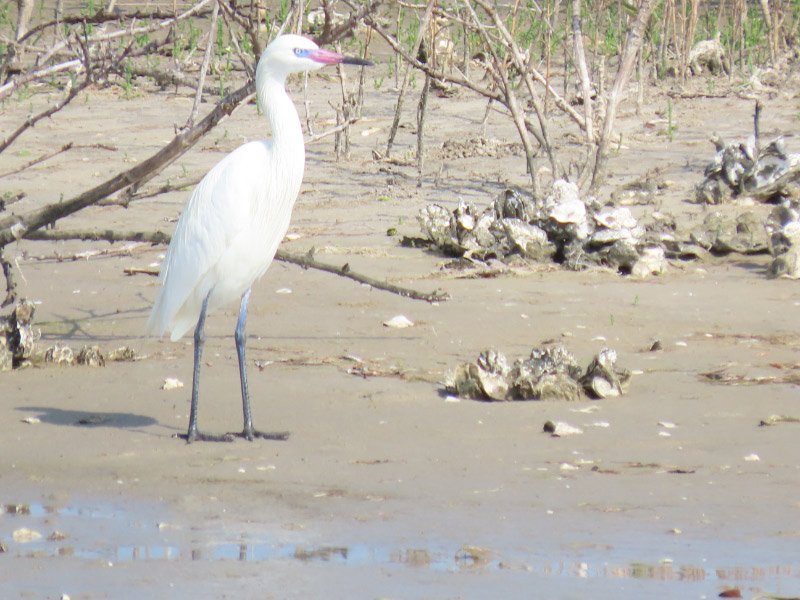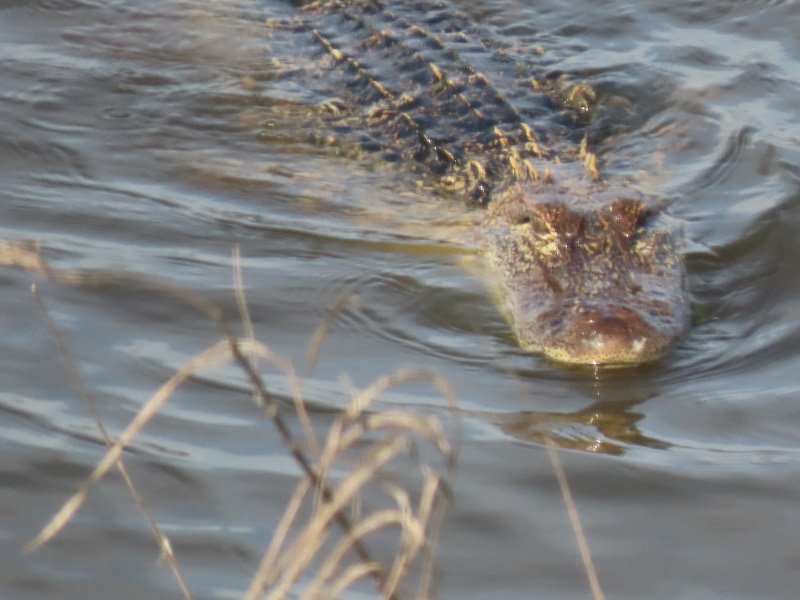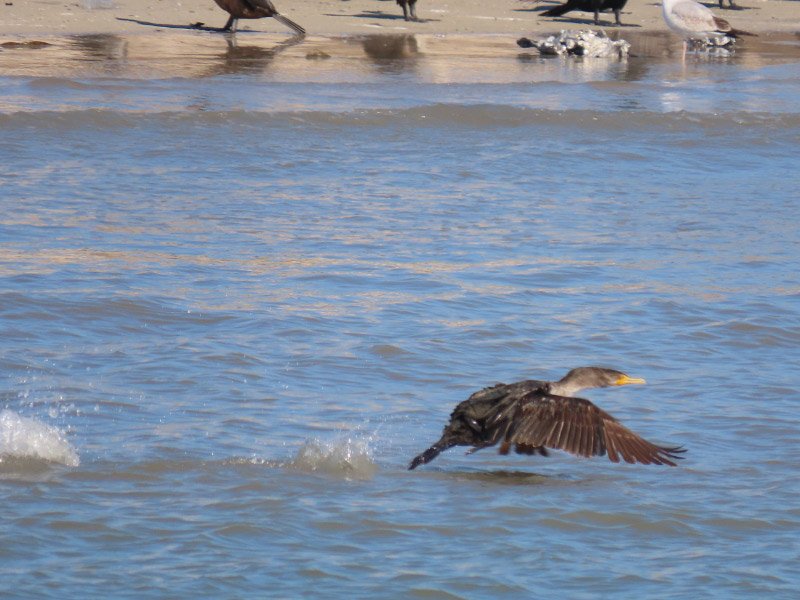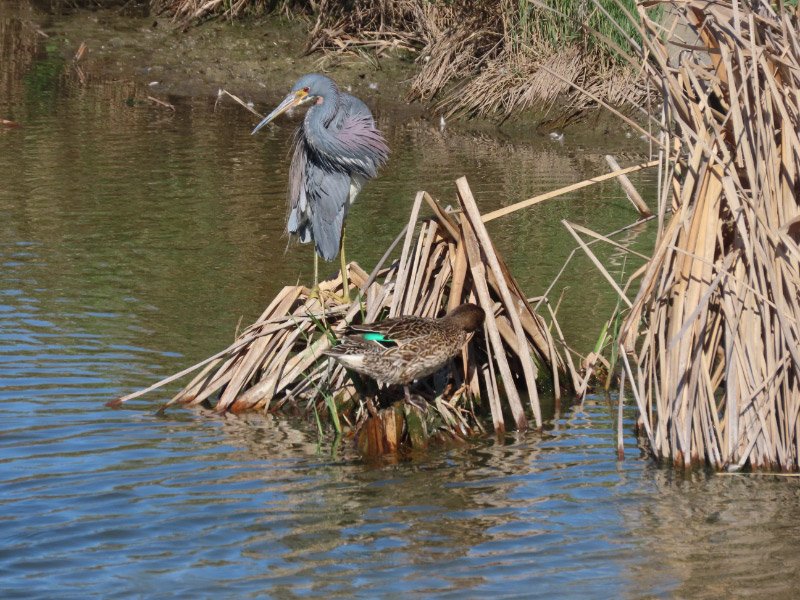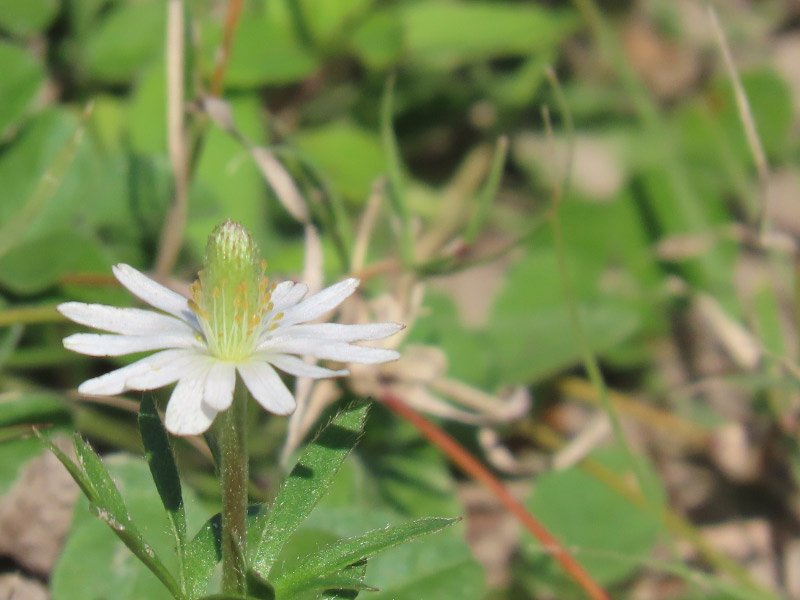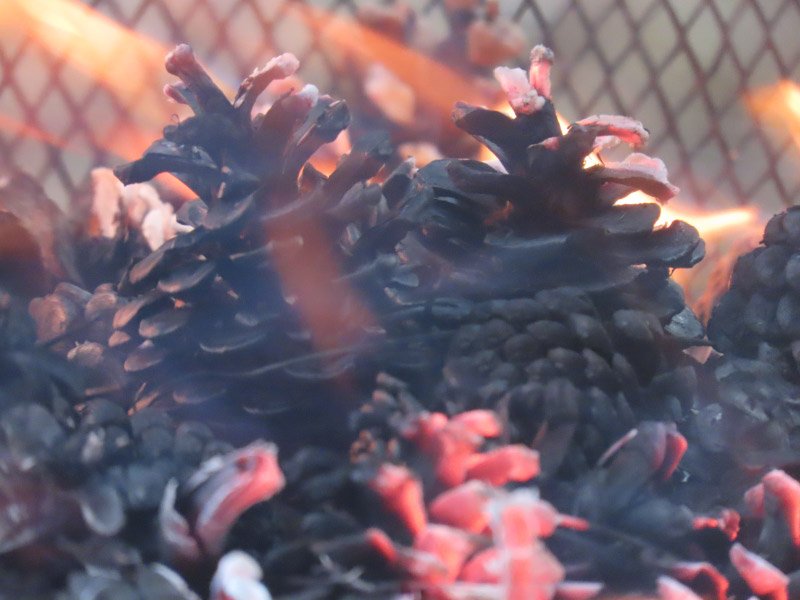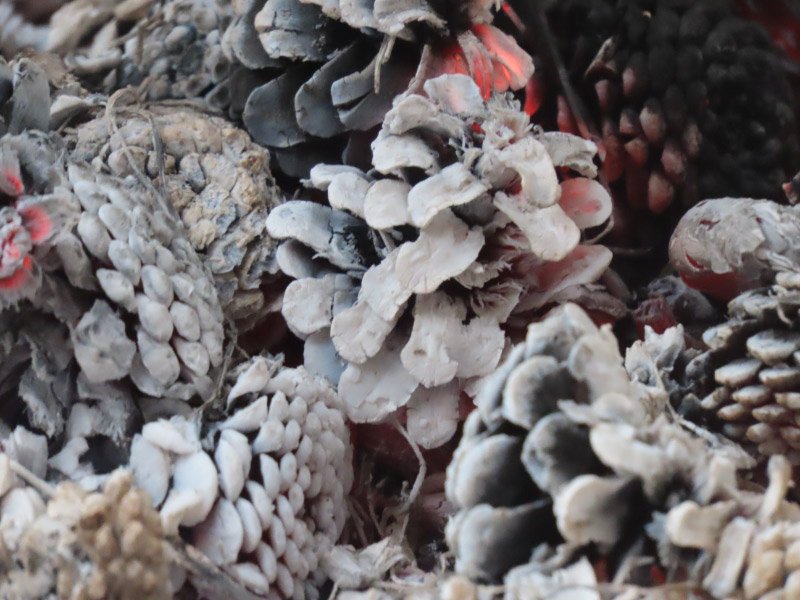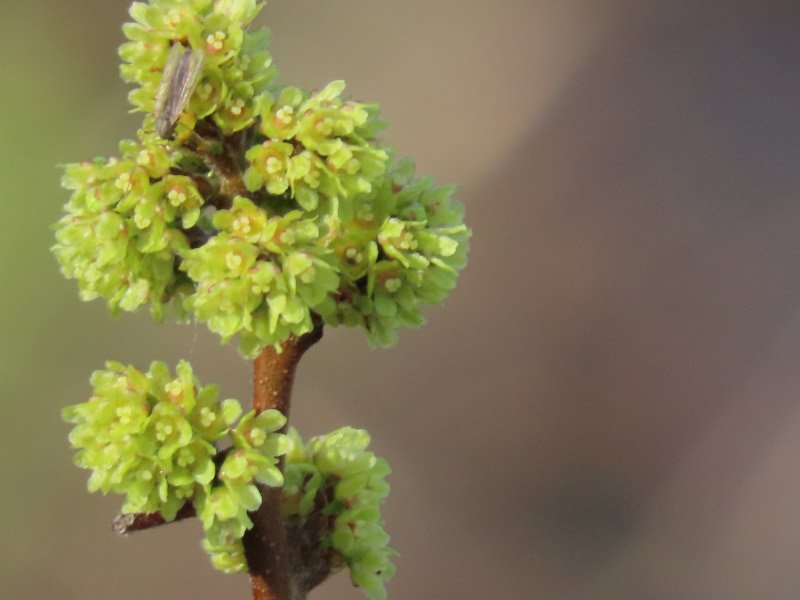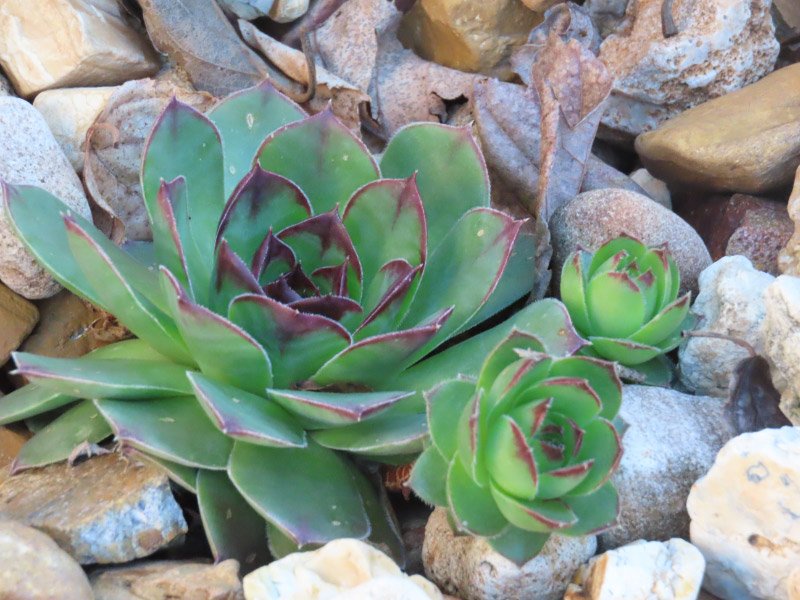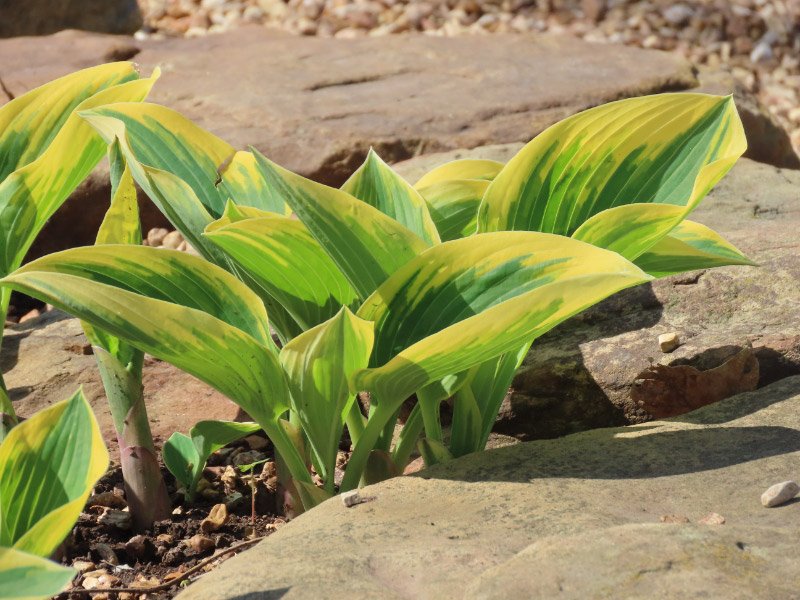6th Graders at Storm Water Engineering
/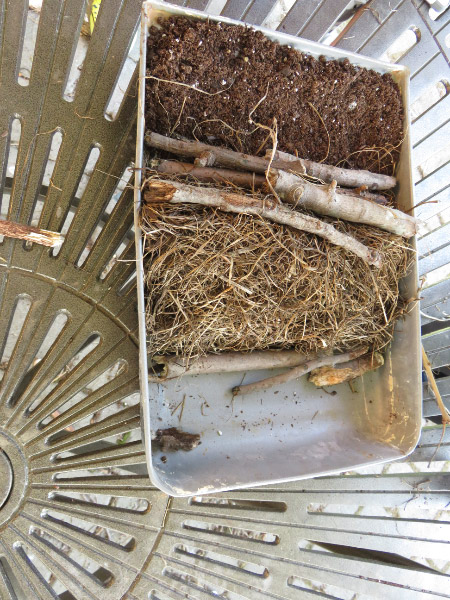 Last week I volunteered during a 6th grade field trip to Belmont Manor and Historic Park. It was the last of the Middle School spring field trips there. The field trips activity were a mixture of history, technology, and science. My station for one of the day was about storm water engineering. The majority of the students realized that Belmont is on a hill and that the rain water would run downhill to the Patapsco River into Baltimore Harbor then to the Chesapeake Bay and then the Atlantic Ocean. Each team of 4-5 students was given a paint tray with a mound of earth at the high end of the tray as a model for what happens to storm water. They could add sticks, stones, and dry grass in any way they wanted to slow the flow of the water when it ‘rained’ (via a watering jug) on the soil. After 10 minutes of engineering by all the teams, the teams did a short description to the whole group and then the ‘rain’ came as everyone watched.
Last week I volunteered during a 6th grade field trip to Belmont Manor and Historic Park. It was the last of the Middle School spring field trips there. The field trips activity were a mixture of history, technology, and science. My station for one of the day was about storm water engineering. The majority of the students realized that Belmont is on a hill and that the rain water would run downhill to the Patapsco River into Baltimore Harbor then to the Chesapeake Bay and then the Atlantic Ocean. Each team of 4-5 students was given a paint tray with a mound of earth at the high end of the tray as a model for what happens to storm water. They could add sticks, stones, and dry grass in any way they wanted to slow the flow of the water when it ‘rained’ (via a watering jug) on the soil. After 10 minutes of engineering by all the teams, the teams did a short description to the whole group and then the ‘rain’ came as everyone watched.
A surprising number of teams did not think to cover the soil at the top of the tray. It ‘eroded’ when the rain came down and often resulted in fast water runoff and the water was muddy too.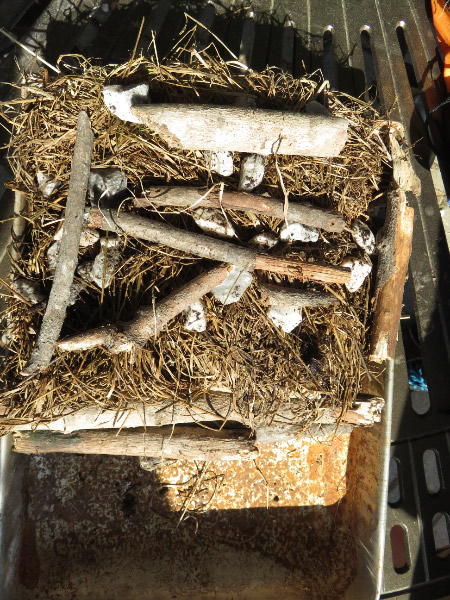
Some of the teams did cover the soil and used rocks and sticks to hold grass in place both over the soil and rocks; the grass turned out to be very absorbent. The water took a long time to get through to the bottom of the paint tray….and was generally clear.
As I watched the teams decide what they were going to do, implement their design, present their design, and then test it, I was intrigued by the ‘light bulb’ moments of learning that were visibly occurring all along the process.
As I walked back to my car after the last field trip – I took a picture of the bald cypress down near the pond – the tall grasses waving in the misty day…. feeling happy to have been a part of the field trips for middle schoolers at Belmont.